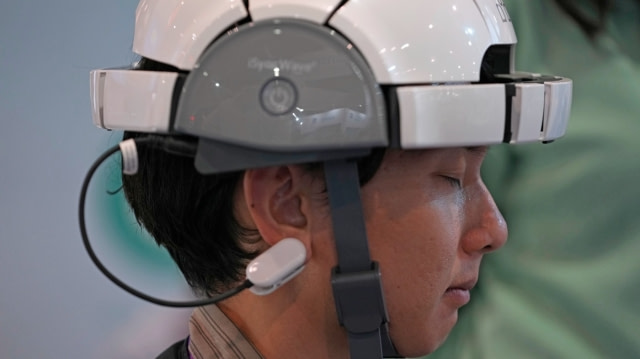The use of artificial intelligence (AI) in medical imaging has been a game-changer for the healthcare industry. AI-based algorithms have enabled doctors to quickly and accurately diagnose diseases, such as cancer, by analyzing images from MRI scans or X-rays. However, recent studies have revealed that these algorithms can be biased against certain groups of people due to their training data being skewed towards one demographic group over another. This bias can lead to inaccurate diagnoses and unfair treatment for patients who are not part of the majority population represented in the training data set.
In order to ensure fairness and accuracy in medical imaging diagnosis, researchers at Stanford University have developed an algorithm that is designed to detect potential biases within AI models used for medical imaging analysis. The algorithm works by first identifying any discrepancies between two different datasets – one containing images from a particular demographic group and another with images from a different demographic group – then it uses machine learning techniques to identify patterns within those discrepancies which could indicate bias in the model’s predictions. Once identified, these biases can then be addressed through additional training or other methods so that all patients receive fair and accurate diagnoses regardless of their background or ethnicity.
This new algorithm is just one example of how AI technology is being used to improve healthcare outcomes around the world by reducing bias and increasing accuracy in medical imaging diagnostics. As more research continues into this area, we may soon see even greater advances made possible through AI-driven solutions that will help ensure fairer access to quality care for everyone regardless of race or gender identity.
As exciting as this development may be, there are still many challenges ahead when it comes to ensuring fairness across all aspects of healthcare delivery including diagnosis via medical imaging technologies like MRI scans or X-rays. For instance, while this new algorithm helps detect potential biases within existing models it does not address issues related to data collection which could also contribute significantly towards creating unequal outcomes based on patient demographics such as age or income level among others factors beyond race alone.. Additionally, further research needs done into how best utilize machine learning techniques so they do not perpetuate existing disparities but instead work towards eliminating them altogether going forward into the future .
Overall though ,this breakthrough marks an important step forward in our understanding about how AI technology can be leveraged responsibly when it comes providing equitable access quality care no matter where you live . It’s clear that if we want create truly inclusive health systems ,we must continue invest time energy developing tools like this ones which allow us uncover hidden prejudices before they become embedded our decision making processes . |Unveiling the Hidden Biases in Medical AI: Paving the Way for Fairer and More Accurate Imaging Diagnoses|Healthcare|Neuroscience News






